The SU-47 "Berkut"
Controls :
AG-1: Thrust vectoring
AG-2: Weapon Bay
Features:
-TVC
-HUD
-8 R-73 in the weapon bay (For stealth load)
History (By Chat GPT):
The SU-47 Berkut is a Russian experimental fighter jet that was developed by the Sukhoi Design Bureau in the late 1990s and early 2000s. The project was initiated in order to explore the potential of forward-swept wings (FSW) technology, which was believed to offer superior performance and maneuverability compared to traditional wing designs.
The origins of the SU-47 Berkut can be traced back to the late 1970s, when a team of Soviet engineers began working on a FSW design for a light fighter aircraft. However, the project was eventually cancelled due to technical difficulties and lack of funding.
In the 1990s, the Sukhoi Design Bureau resumed its research into FSW technology and began work on a new experimental aircraft, which was designated as the S-37. The S-37 made its maiden flight in 1997 and was later renamed as the SU-47 Berkut.
The SU-47 Berkut was a highly advanced aircraft, featuring a number of innovative design features. In addition to its FSW technology, the aircraft was equipped with a highly advanced avionics suite, including a modern fly-by-wire system and advanced sensors and targeting systems.
The SU-47 Berkut was designed to be highly maneuverable, with a top speed of Mach 1.6 and a range of approximately 3,000 kilometers. The aircraft was also equipped with a range of weapons, including air-to-air missiles and air-to-ground missiles.
Despite its impressive performance and advanced technology, the SU-47 Berkut was never put into full-scale production. The project was eventually cancelled in 2006 due to a lack of funding, and the aircraft remains a prototype to this day.
However, the SU-47 Berkut has had a significant impact on the development of modern fighter aircraft, and its innovative design features have been incorporated into a number of other aircraft projects. Today, the legacy of the SU-47 Berkut lives on as a testament to the ingenuity and innovation of Russian aircraft designers.
History (By Wikipedia)
Originally known as the S-37, Sukhoi redesignated its advanced test aircraft as the Su-47 in 2002. Officially nicknamed Berkut (Russian: Беркут) (the Russian word for the golden eagle), the Su-47 was originally built as Russia's principal testbed for composite materials and sophisticated fly-by-wire control systems, as well as new airframe technologies.
TsAGI has long been aware of the advantages of forward-swept wings, with research including the development of the Tsibin LL and study of the captured Junkers Ju 287 in the 1940s. At high angles of attack, the wing tips remain retracted allowing the aircraft to retain aileron control. Conversely to more conventional rear-swept wings, forward sweep geometrically creates increased angle of incidence of the outer wing sections when the wing bends under load. The wings experience higher bending moments, leading to a tendency for the wings to fail structurally at lower speeds than for a straight or aft-swept wing.
The project was launched in 1983 on order from the Soviet Air Force. But when the USSR dissolved, funding was frozen and development continued only through funding by Sukhoi.[citation needed] Like its US counterpart, the Grumman X-29, the Su-47 was primarily a technology demonstrator for future Russian fighters such as the Sukhoi Su-57. The forward-swept wing configuration was ultimately not pursued because it was mainly advantageous at transonic speeds while an aft-swept wing was superior at supersonic speeds.
History (By me :D):
soo the soviet union needed a new fighter and they made a program called (oh wait I forgor...) uhhh MFI? if I remember correctly. then Mikoyan submitted the mig-1.44 and Sukhoi submitted the SU-47 berkut. the Mikoyan failed because of a lack of funds but Sukhoi continue with their own funds. and then they made 1 prototype and it flies in 1997.
Specifications
Spotlights
- SyntheticL 2.6 years ago
- WinsWings 2.6 years ago
General Characteristics
- Predecessor Cold War Challenge - 50-450 parts (CLOSED)
- Created On Windows
- Wingspan 41.0ft (12.5m)
- Length 78.6ft (24.0m)
- Height 15.4ft (4.7m)
- Empty Weight N/A
- Loaded Weight 16,028lbs (7,270kg)
Performance
- Power/Weight Ratio 8.412
- Wing Loading 34.7lbs/ft2 (169.2kg/m2)
- Wing Area 462.6ft2 (43.0m2)
- Drag Points 4537
Parts
- Number of Parts 150
- Control Surfaces 6
- Performance Cost 809

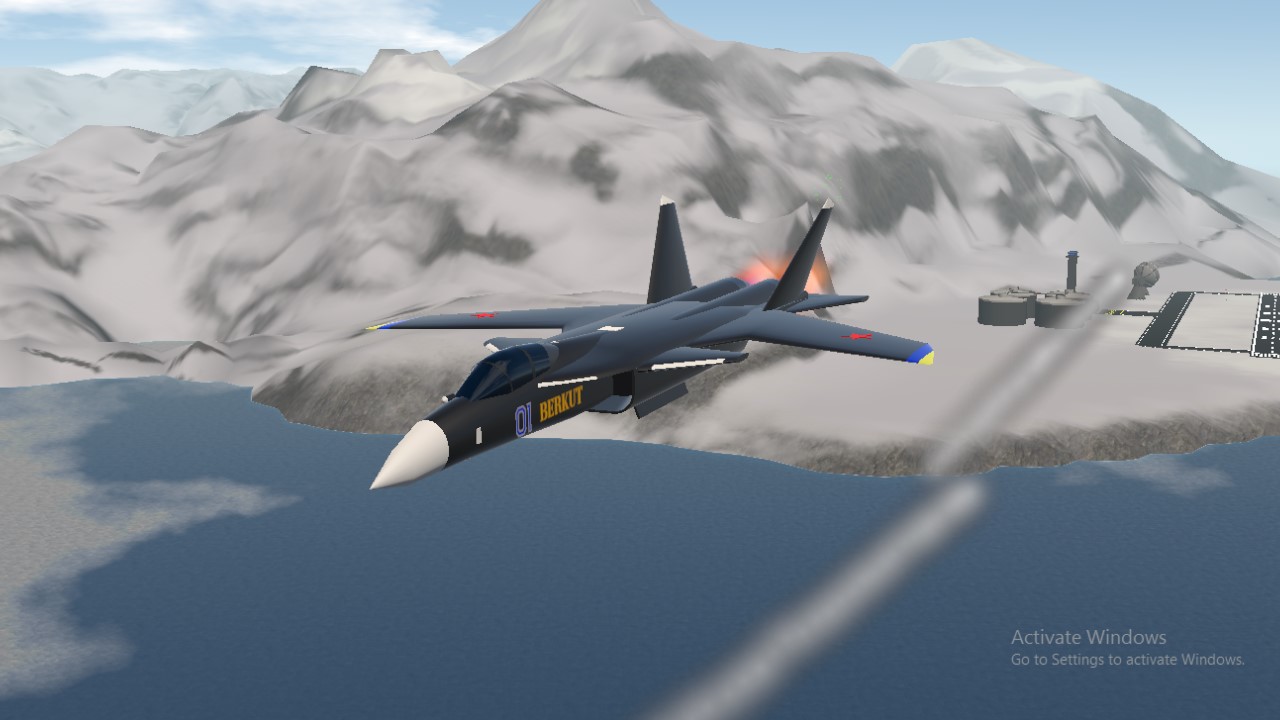
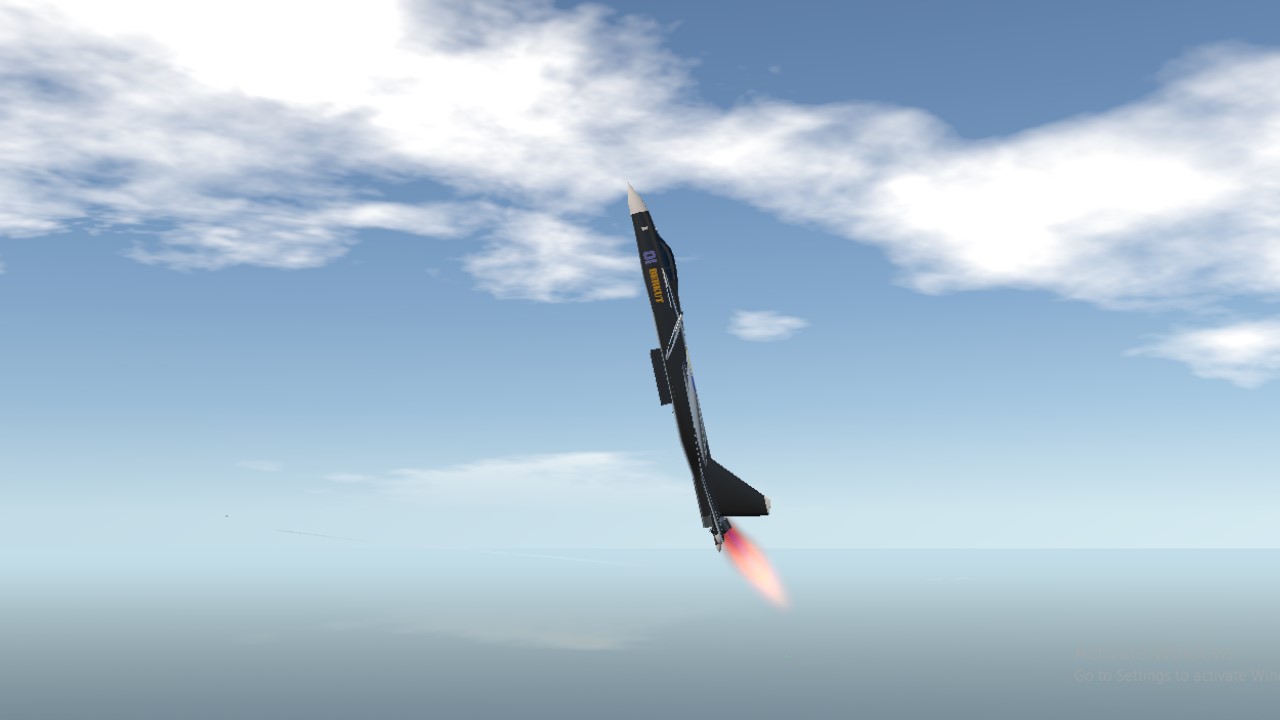
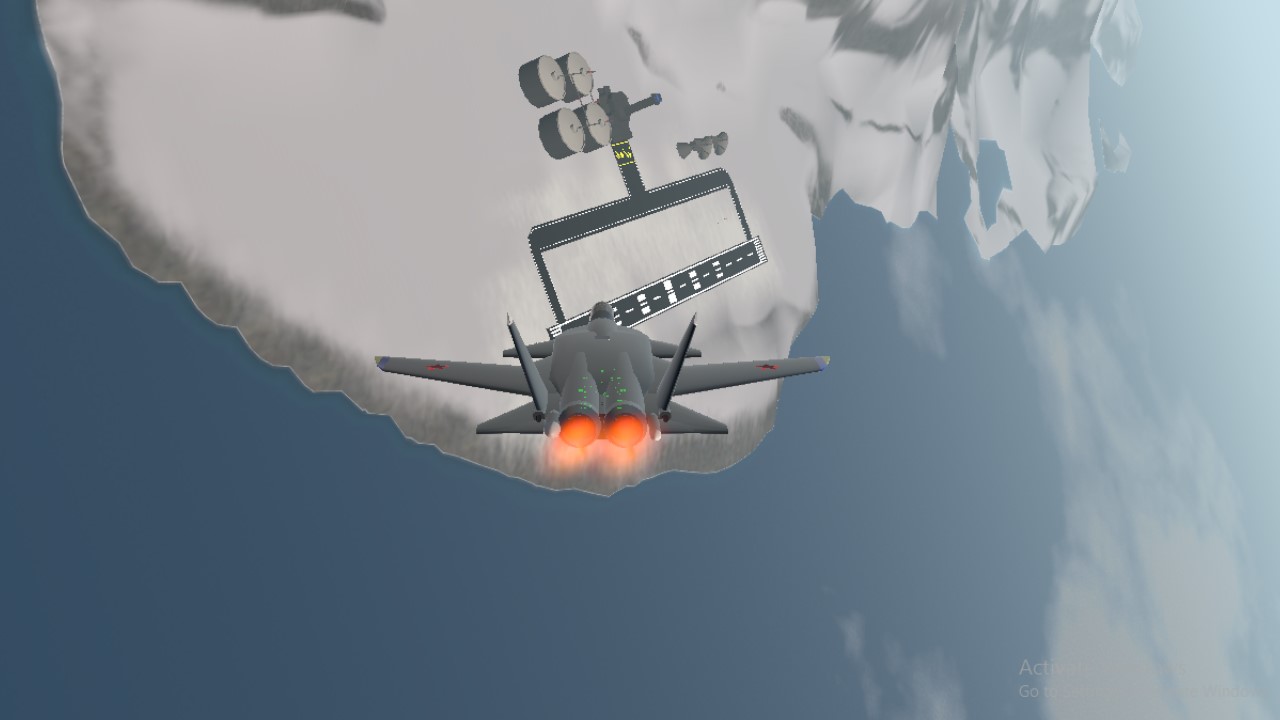
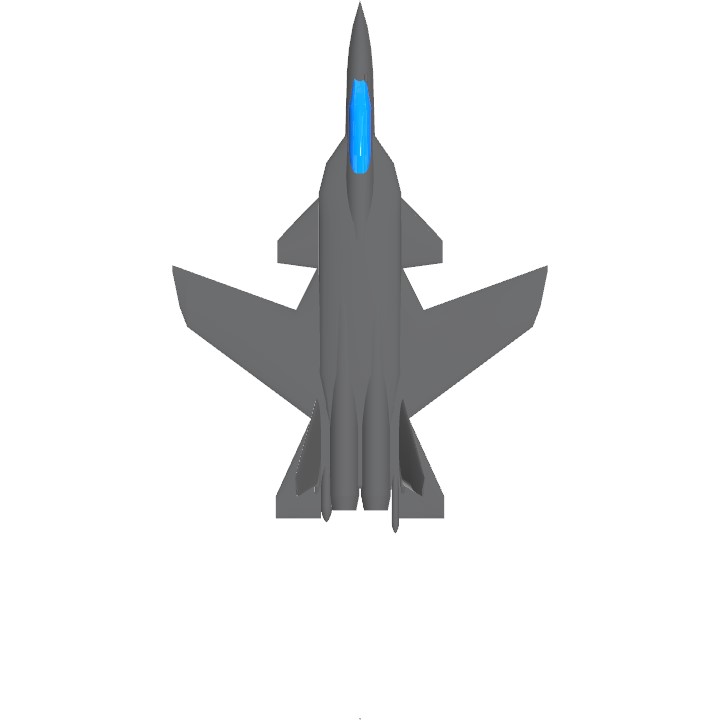
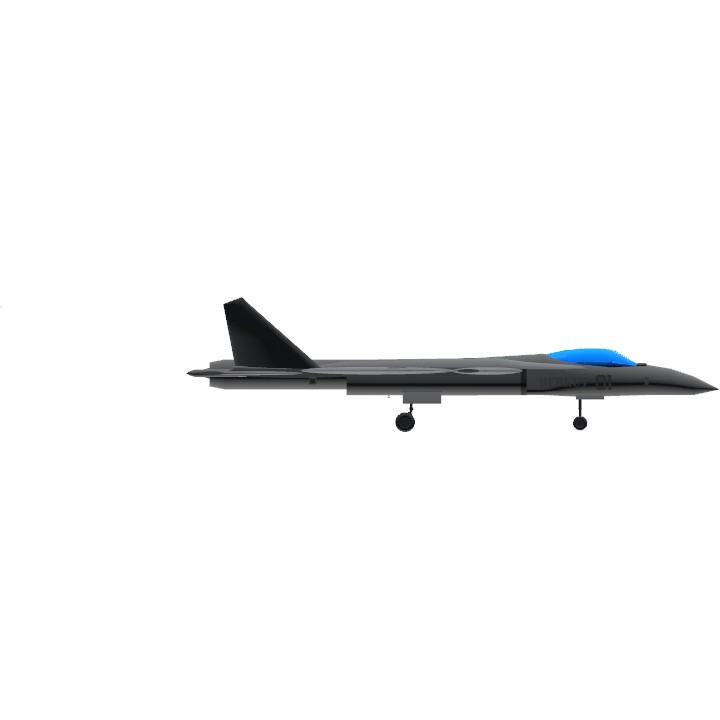
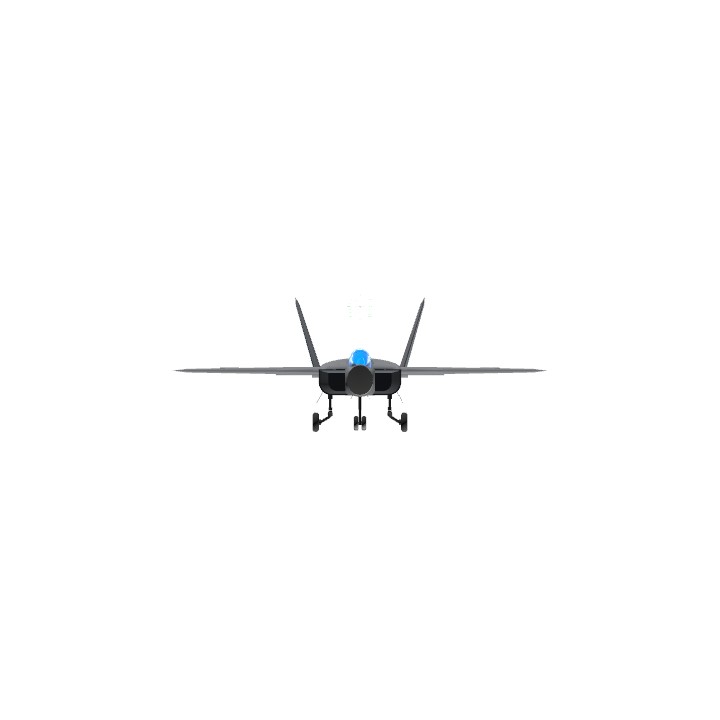
@WinsWings 2 days till the end
nice one. thanks for joining! Interesting fact that ChatGPT generated -
@Mastereldo manuk akal
3 history